It all started with the discovery of gold in Witwatersrand in 1886. The independent Boer Republic of Transvaal suddenly became prosperous and powerful and this threatened the political and economic supremacy of the British in South Africa. One thing led to another and soon the British and the Dutch settlers of the two independent Boer republics (Transvaal and Orange Free State) were at war. Fought from 1899 to 1902, the Second Anglo-Boer war ended with victory for the British who promptly annexed the two republics and made Swaziland a full protectorate under their direct control. They eventually had to relent to the demands of the Boers and the Union of South Africa was established in 1910 that included the former Boer republics but excluded Swaziland and other British Territories including Basotholand, (now Lesotho), Bechuanaland (now Botswana) and Rhodesia (now Zimbabwe). So Swaziland retained its British protectorate status until it gained independence in 1968.
Why this history lesson, you ask ? And what did this have to do with your travel plans?
It has to do with the common predilection for round figures. And we are no exception. After nine months on the road, South Africa was country #28 and Lesotho brought us to #29. If this was the retail price of a pair of shoes, it would have been not just acceptable but appropriate. But when it is a matter of the number of countries you visited on a trip, 30 definitely has a nicer ring to it!
We had just 3 days left before we were scheduled to fly back out of Johannesburg and we were still in Pretoria. Swaziland, an enclave within South Africa, is about 4.5-5 hours drive from both Pretoria and Johannesburg. And thanks to the above mentioned Anglo-Boer war, it is a separate country! So despite the dismissive reaction of some local South Africans (Oh, it looks just like South Africa), we had to make a serious attempt to get there, even if it were for a day.
We enquired about availability of public transport and found that there was indeed mini-bus service from Johannesburg (and possibly Pretoria) to Mbabane. But it would leave in the morning and take 7-8 hours, reaching Mbabane late afternoon. The return bus leaves Mbabane early in the morning as well, so this plan would call for a minimum of two days. Besides we would not have any means of transport when we got there. If we were to make this trip, we would have to rent a car and drive.
This brings us to another recently recurring theme - the availability (or otherwise) of automatic transmission rental cars outside the US. During our walking tour of Pretoria, we took time to stop at a couple of car rental agencies and luckily found one that was expecting a suitable vehicle back that night and would be ready to for us at 7:00 a.m. next morning. In the course of our conversation we mentioned to the affable young lady at the counter about our quest for number 30 and she was not just excited for us but gave us ideas on where to visit and what to see when we got there.
Next morning, bright and early, we were at the rental agency door and eager to get going but were handed down some bad news. The automatic car earmarked for us had been brought in the previous night but the previous renter informed them of some problems with the car. The would make an earnest effort to get it fixed when the garage opened at 8:00 a.m. Could we please wait ?
Without any other options in front of us, we did just that. Someone from the staff took the car out at 8:00 a.m. and came back around 8:30 a.m. but there seemed to be no move to get on with the rental paperwork. We were left twiddling our fingers in the waiting room as the young lady we were dealing with closeted herself in one of the offices and was not available to answer our questions. Finally, about twenty minutes later, she emerged from the office, apologized for the delay and explained that the garage was unable to fix the problem with the car and so it was not available for us. She had been working the phones to find us another car, had located one at a competitor rental agency and had reserved it for us. The rental price would be the same and more importantly they would not charge us for the Cross Border Certificate, a significant component of the total cost. And on top of that, one of her drivers would drive us to the other rental so we were not inconvenienced. We were floored! Rather than just shrug her shoulders (and maybe apologize), she acted promptly and found us an alternative rental car, all without any prompting on our part! She jokingly explained that she did not want to be the reason we failed to reach our target of 30 countries!
The paperwork at the other rental took a little time but we were soon on our way. Part of the distance from Pretoria is on the excellent tollway and we made good time. The frequent appearance of warning signs like 'Hi-Jacking Hotspot' , 'Crime Alert - Do Not Stop' close to settlements was the only jarring sight on the otherwise pleasant landscape.
The Oshoek border post is quite relaxed. In addition to the usual Immigration counter we had to make a stop at the Customs counter because we were taking a vehicle across the border. But nobody bothered to even glance at the all important Cross Border Certificate issued by the rental company. We paid the R50 Road levy and were out of there in minutes.
Mbabane (pronounced M-buh-ban), the capital, is only 30 kilometers from the border. Despite it's pleasant setting in the Dlangeni Hills, it is pretty nondescript and there isn't much to see or do here. But it does have a large shopping area and restaurants, so was an ideal lunch stop.
From Mbanane, Hwy MR3 to Manzini provides access to the scenic Ezulwini and Malkerns valleys, the focus of sightseeing in the area. The scenic Ezulwini valley begins just south of Mbabane and extends 18 kms to Lobamba in the heart of the valley. The town is so small that we initially drove past the turnoff without realizing that that the few roofs we were seeing in the distance was the town, and all of it. We drove to the end of the valley and doubled back to Lobamba to see its meager sights. The National Museum is located in what is referred to as the Royal Area and next to it is the Swaziland Parliament building looking rather desolate. Lobamba is also where the State Palace is supposed to be, but we just could not locate it. We also explored a small part of the Malkerns Valley before heading to Pretoria.
Of course, the next morning before we returned the car, we just had to stop at the first rental agency and thank the young woman for her role in getting us to the nice round figure, number 30!
Google Maps Link
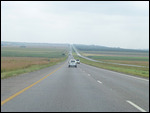
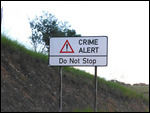

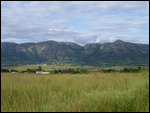
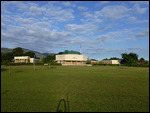

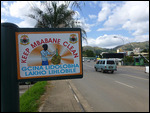
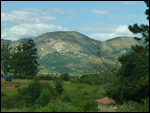
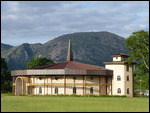
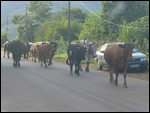
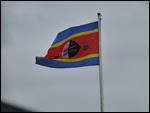

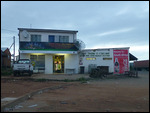

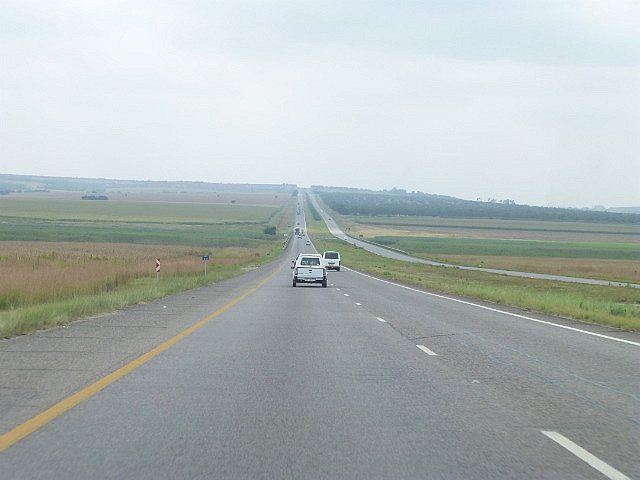
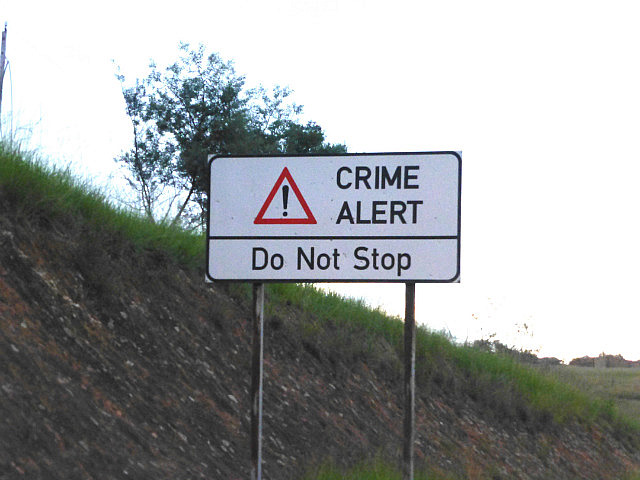
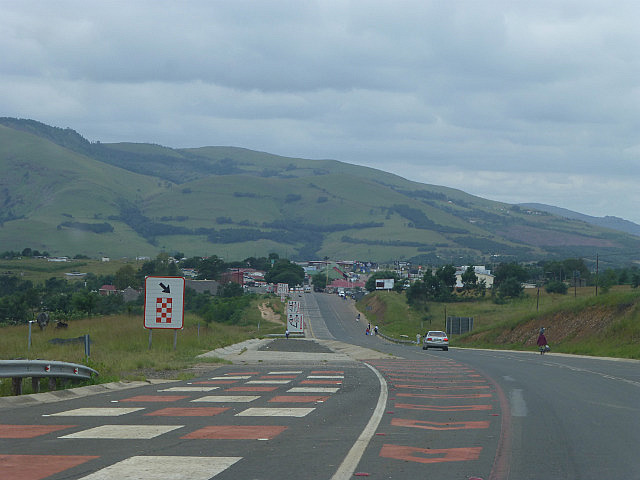
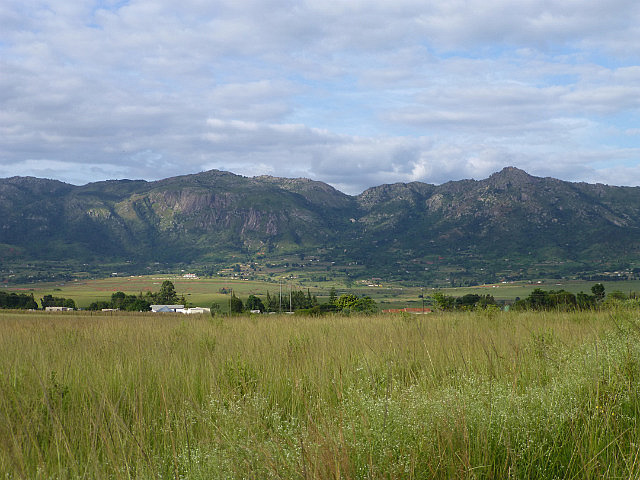
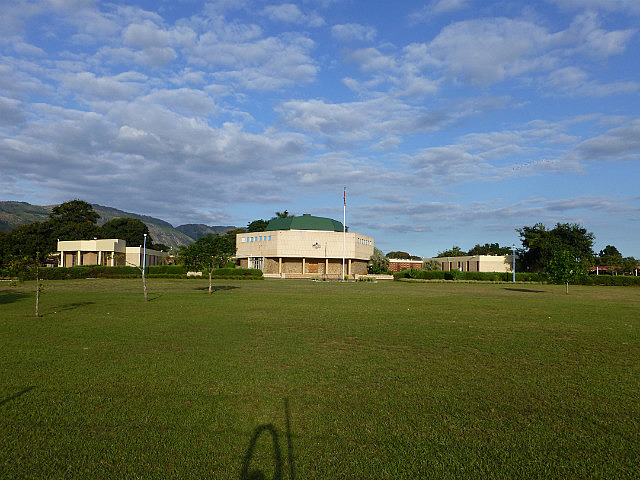
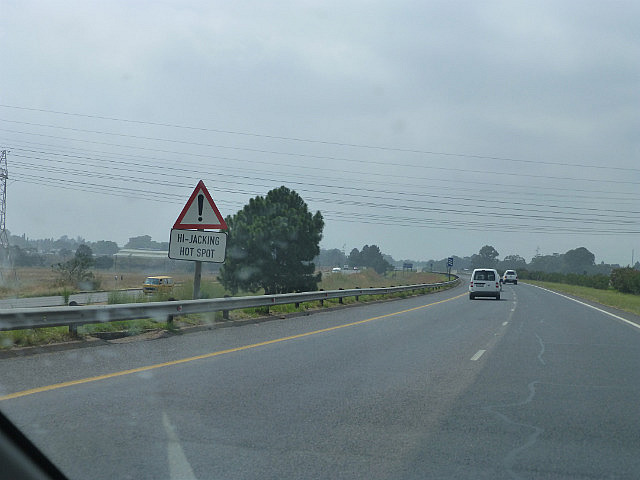
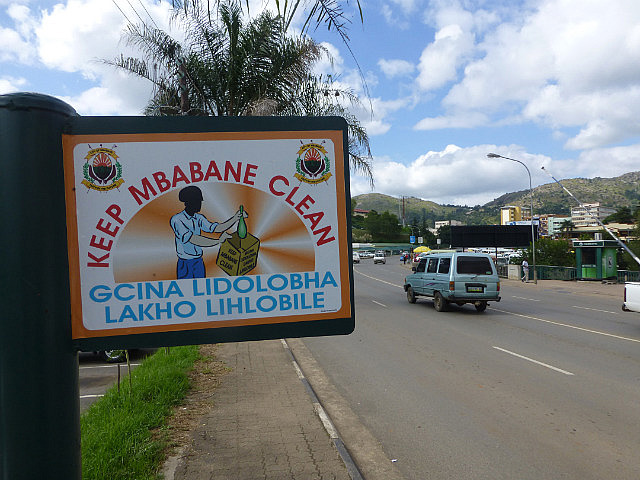
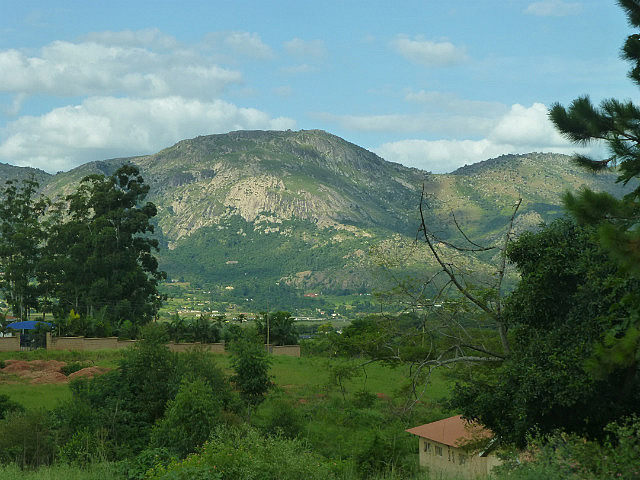
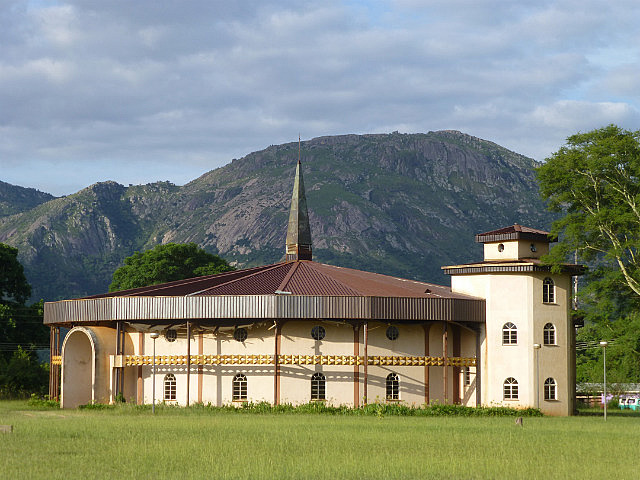

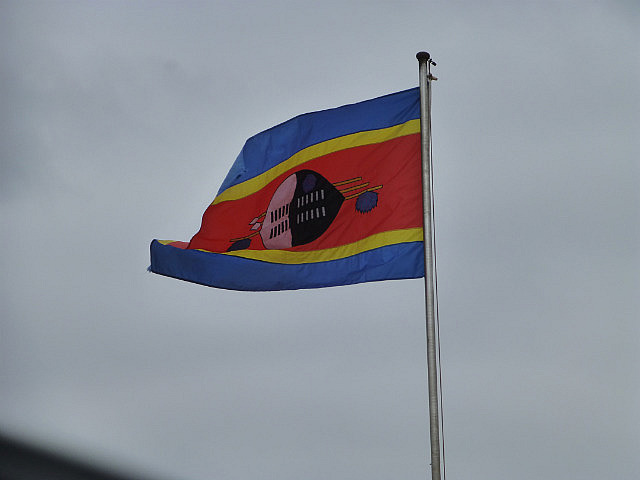
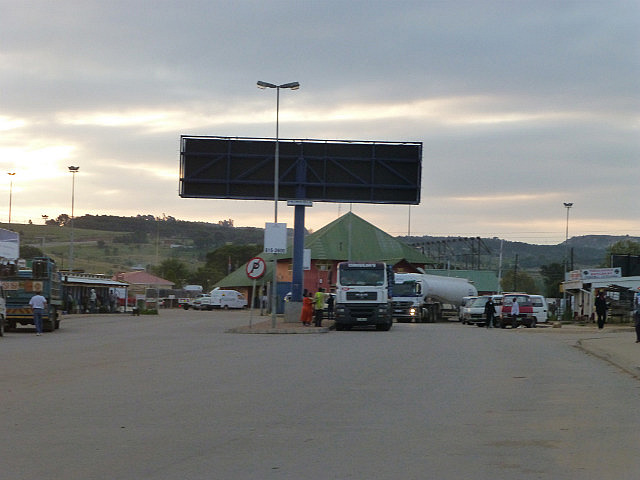
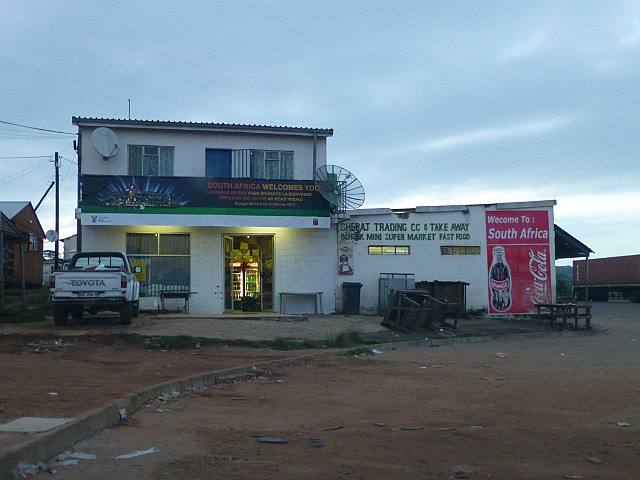

Comments